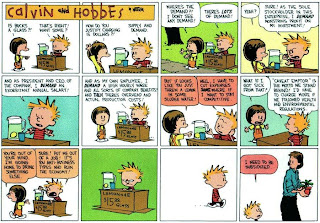
DEFINITIONS
Permaculture is a design system based on ecological principles which provides the organizing framework for implementing a permanent or sustainable culture. It draws together the diverse skills and ways of living which need to be rediscovered and developed to empower us to move from being dependent consumers to becoming responsible producers.
In this sense, permaculture is not the landscape, or even the skills of organic gardening, sustainable farming, energy-efficient building or eco-village development as such, but can be used to design, establish, manage and improve these and all other efforts made by individuals, households and communities towards a sustainable future. -David Holmgren
Permaculture is a philosophy of working with, rather than against nature; of protracted and thoughtful observation rather than protracted and thoughtless labor; and of looking at plants and animals in all their functions, rather than treating any area as a single-product system. –Bill Mollison
Permaculture is the conscious design and maintenance of agriculturally productive systems which have the diversity, stability and resilience of natural ecosystems. It is the harmonious integration of the landscape with people providing their food, energy, shelter and other material and non-material needs in a sustainable way. –Graham Bell
DAVID HOLMGREN’S ERMACULTURE PRINCIPLES
1. Observe and Interact
2. Catch and Store Energy
3. Obtain a Yield
4. Apply self-regulation and Accept Feedback
5. Use and Value Renewable Resources and Services
6. Produce No Waste
7. Design from Patterns to Details
8. Integrate Rather Than Segregate
9. Use Small and Slow Solutions
10. Use and Value Diversity
11. Use Edges and Value the Marginal
12. Creatively Use and Respond to Change
RESILIANCE INDICATORS
The percentage of local trade carried out in local currency
Percentage of food consumed locally that was produced within a given radius
Ratio of car parking space to productive land use
Degree of engagement in practical transition work by local community
Amount of traffic on local roads
Number of businesses owned by local people
Proportion of the community employed locally
Percentage of essential goods manufactured within a given radius
Percentage of local building materials used in new housing
Percentage of energy consumed in the town that has been generated by local industry
Amount of 16-year-olds able to grow 10 different varieties of vegetables to a given degree of basic competency
Percentage of medicines prescribed locally that have been produced within a given radius







